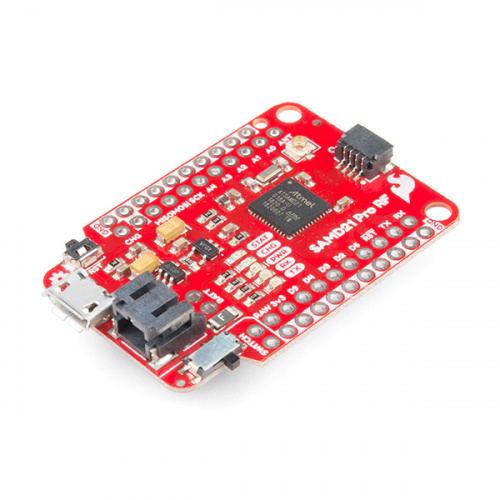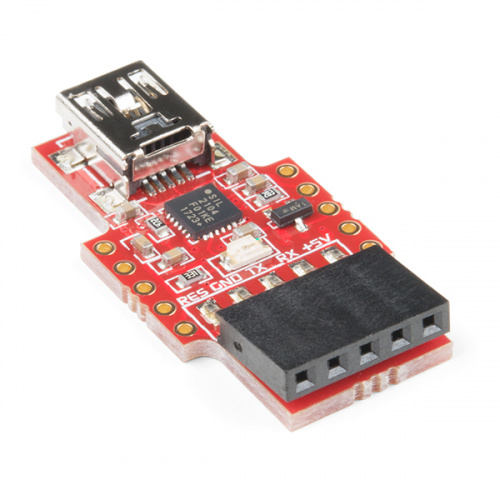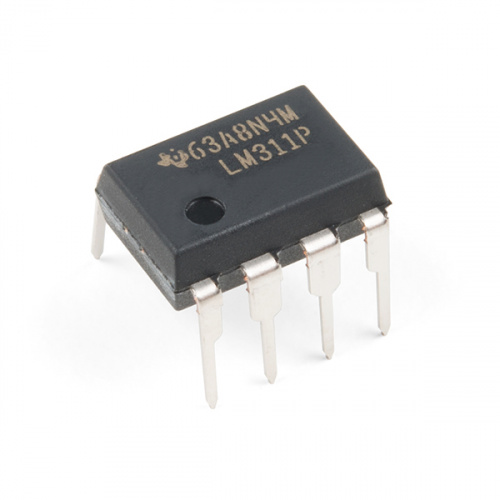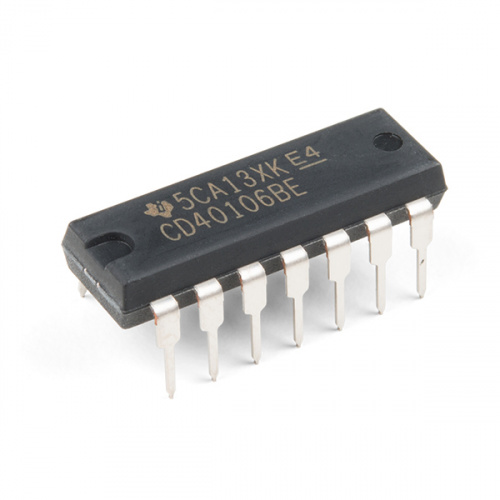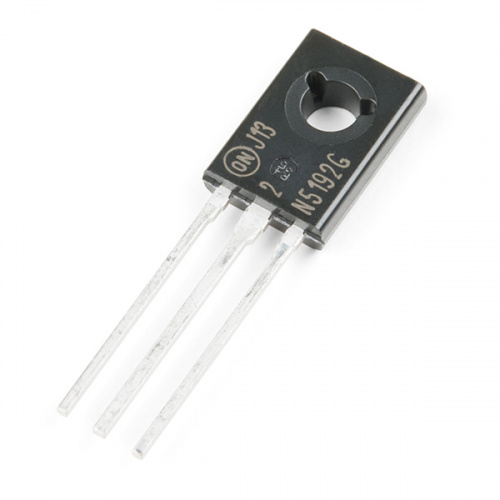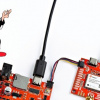This week we are happy to announce that the SparkFun Pro RF is in full production and looking good in red, bringing a new option for LoRa-based projects to the masses! We also released the new Qwiic-enabled SparkFun GPS-RTK Board earlier in the week, providing you with a highly accurate GNSS module. Last up are a few little components that have a multitude of different uses.
As a reminder, One Day Only Sales are back for the month of October, so we'll be having flash sales on a wide selection of breakout boards every weekday from now until October 26th. Just check the featured content at the top of the homepage each weekday for the new deal! In addition to our breakout board flash sales, we’ll also be taking 15 percent off most of our Qwiic boards through October 31st. Unfortunately, SparkX items aren’t included, but those are a great deal if you’re looking to be on the cutting edge of SparkFun’s product development.
Now let's take a closer look at all of our new products for this fine Friday!
SAMD21 + LoRa = Perfection!
The SparkFun Pro RF is a LoRa®-enabled wireless board that marries a SAMD21 and a long-range RFM95W to make a compact and easy-to-use IoT Arduino board. With its fast MCU and excellent point-to-point data transmission in the 915MHz ISM band with LoRa capabilities, the Pro RF is a great choice for anyone interested or experienced in utilizing long range data communication.
25mm Accuracy in a package smaller than a business card!
The SparkFun GPS-RTK Board is a powerful breakout board for the NEO-M8P-2 module from u-blox. The NEO-M8P-2 is a top-of-the-line module for high accuracy GNSS and GPS location solutions including RTK. With this board you will be able know your location (or that of any object) within one inch! The NEO-M8P-2 is unique in that it is capable of both rover and base station operations. Utilizing our handy Qwiic system, no soldering is required to connect it to the rest of your system. However, we still have broken out 0.1"-spaced pins in case you prefer to use a breadboard.
The microUSB Programming Adapter (μUSB-PA5-II) is a USB to Serial-TTL UART bridge converter that is very small and easy to use. It uses a mini-B type USB connector to connect to your PC, and is based on the SiLabs CP2104 USB to Serial Bridge IC from Silicon Labs. Each adapter will give you multi-baud rate serial data up to 3M baud rate and access to additional signals such as flow control. The main 5-pin interface is a standard 2.54 mm (0.1") pitch female header, designed to connect directly to a majority of the 4D Systems modules.
The LM311 device is a single high-speed voltage comparator. This device is designed to operate from a wide range of power-supply voltages, including ±15-V supplies for operational amplifiers and 5V supplies for logic systems. The output levels are compatible with most TTL and MOS circuits.
The CD40106BE consists of six Schmitt-trigger circuits. Each circuit functions as an inverter with Schmitt-trigger action on the input. The trigger switches at different points for positive- and negative-going signals. The difference between the positive-going voltage (VP) and the negative-going voltage (VN) is defined as hysteresis voltage (VH).
This is the 2N5191G, an NPN silicon transistor. This little transistor can help in your project by being used to help drive large loads or amplifying or switching applications. The 2N5191G is specifically rated at 60V and 4A max.
That's it for this week everyone! There should be something for everyone today! As always, we can't wait to see what you make! Shoot us a tweet @sparkfun, or let us know on Instagram or Facebook. We’d love to see what projects you’ve made!
We'll be back next week with even more fantastic new products!
